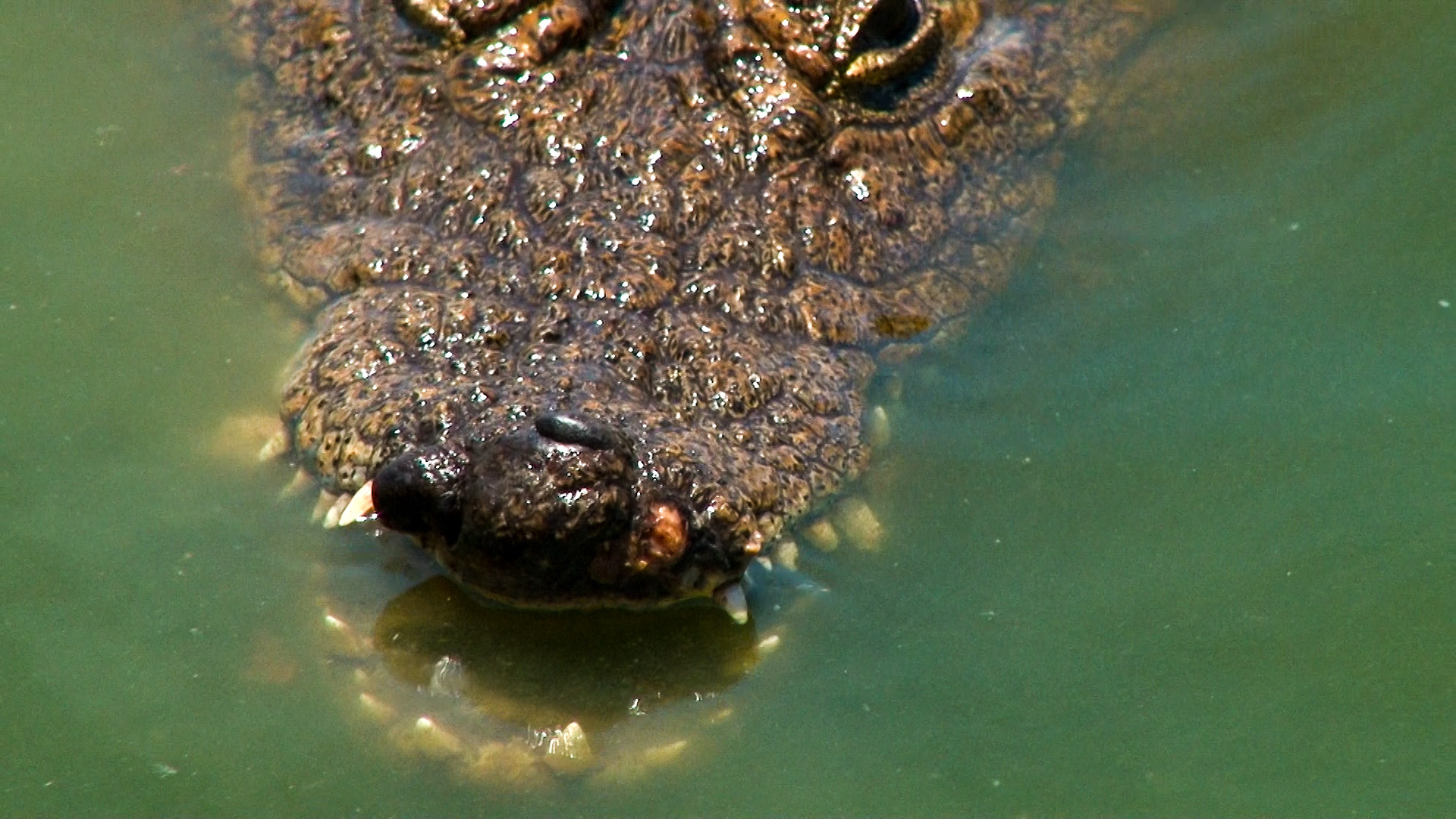One of the things South Africa is truly exceptional at is racial classification. After all we have had a lot of practice. It should come as no surprise, therefore, that the National Environmental Management Biodiversity Act or NEMBA deals with the delicate issue of race with a degree of technical sophistication that is unsurpassed anywhere else in the world.
This is essential given the penal nature of this law and the importance of the accurate application of the term within the inner workings of NEMBA. NEMBA is built on the idea that species should be categorised as alien or indigenous based on the geographic origins of species. Furthermore species rather than specimens are identified under NEMBA as being in need of protection or control because they are invasive.
This requires an exact definition of species and the scientific definition of species is anything but exact. There is disagreement amongst biologists about how you identify a species. The age old measure of difference in appearance is problematic especially when your history is one of discriminating against people based upon those differences. Genetic research is revealing that these physical differences translate into negligible genetic ones. The idea of race, for example, has been exposed as genetic piffle and a disastrous error in thinking.
One should not be surprised, therefore, that NEMBA avoids this confusion in taxonomy by adopting a simpler less controversial definition of species. Thus NEMBA defines species simply on the basis of whether or not organisms normally interbreed with other organisms. If they do, NEMBA treats them as belonging to the same species regardless of appearance or origin. The terms “species” in NEMBA describes “a kind of animal, plant or other organism that does not normally interbreed with individuals of another kind, and includes any sub-species, cultivar, variety, geographic race, strain, hybrid or geographically separate population”.
This definition is unique. I know of no other country in the world that defines species along these lines. But this should not be surprising given our past and the enormous suffering that has resulted from trying to regulate people on the basis of race. You would think, therefore, that reintroducing the kind of thinking that underpinned apartheid in pursuit of biodiversity conservation would be dismissed by government out of hand as unconstitutional and absurd. You would be wrong.
Sadly the truth is proving to be very different. NEMBA did start out true to the values of non-racialism embedded in the Constitution but this is no longer the case. The trouble is that this non-racial approach not only clashed with the science based approach preferred by government officials, it also proved problematic if you wanted to prevent the import of species into South Africa that could interbreed with indigenous subsets of that species.
The protection of racially different geographic subsets of species is a major preoccupation of South Africa’s biodiversity conservation effort. Officials regard any “genetic pollution” of these racially pure populations as a major threat to biodiversity. A great deal of effort is directed at preventing racial pollution caused by interbreeding.
It seems that officials found themselves incapable of doing this within the constitutionally correct space that NEMBA originally created for biodiversity conservation. Indeed the clash of cultures was so great that the promulgation of the Alien and Invasive Species Regulations was delayed by some eight years until Chapter 5 of NEMBA was amended.
This happened in July 2013. The amendments enabled the Minister of Environmental Affairs to differentiate between categories when exempting alien species or listing species as invasive. It opened the door to the Alien and Invasive Species Regulations that are in place today.
Xenophobic instincts are invading the space that should be occupied by constitutional values.
It was not obvious that this had happened because the Minister listed species by reference to “species” as the term is used in science. Thus taxonomic names where used rather than a strict application of the legal definition of species. So she listed the alien tilapia species Oreochromis niloticus as invasive because it is racially different to the indigenous Oreochromis mossambicus , it nevertheless threatens to pollute the racial purity of mossambicus.
The Minister now enjoys powers to conserve the genetic purity of races that exist within species that she did not have when NEMBA was originally drafted. This is part of the incremental process of changing environmental laws into something that is very different from that which was originally intended. I have written about this in previous articles.
Is this a good thing? Should we, once again, be concerned with ideas about racial purity? Our environmental officials and scientists clearly seem to think so. After all the pursuit of genetic or racial purity has become a bit of an obsession with them. Academic writings on the subject and recent proposed amendments to the Threatened and Protected Species (TOPS) Regulations confirm the truth of this.
The merits of arguments for and against are a matter of opinion, values and perspective. I personally don’t like what is happening. I do not think it is constitutionally or ethically desirable. Xenophobia and racial divisions continue to haunt our country. I do not think we should be justifying them in the name of science. I question the authenticity of the science. I wonder if this is not another manifestation of scientific racism.
I think this could all prove to be very dangerous.


